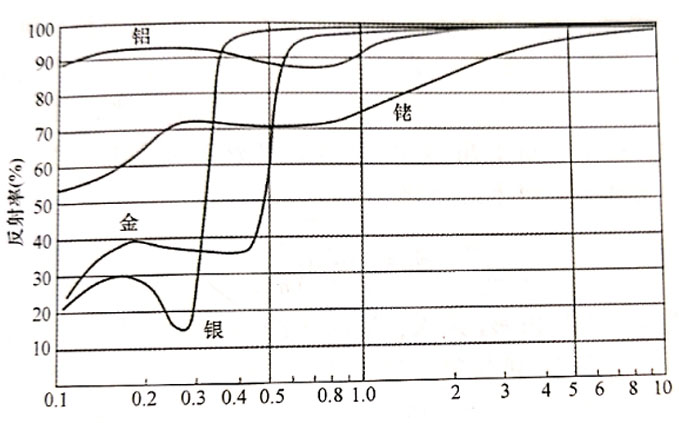Some optical elements commonly used in sensors.
We know that mirrors are the most frequently used optical components, do you really understand it? As long as light passes through different media in the process of propagation, there will be reflections. In order to enhance the reflectivity of light, we often apply one or two layers of reflective coating to the first or second side of the parallel plate or other shaped substrate. The first mirror is the most accurate, and for the second mirror, light can only enter the plate of different refractive indices, and the second mirror is actually a combination of mirror and window.Here we need to take into account some interference factors of the second mirror. First, because of the refractive index n of the panel, the reflector looks closer to the figure above, and for smaller angles θ1, the virtual thickness d of the carrier can be calculated using a simple formula d≈L/n .The front surface of the second mirror also reflects a large amount of light, resulting in so-called ghost reflections, such as glass plates that typically reflect about 4 percent of visible light in the air.
Silver, aluminum, lawrencium, etc. can be used as reflective surface coatings for visible and near-infrared light. For the far infrared spectral range, we generally use gold as a reflective surface coating. Depending on the coating we use, the reflectivity can reach any value from 0 to 1. The following gives you the relationship between the reflective coating and the refractive index curve, it should be more clear.

Among them, pure metal coating is more suitable for broadband applications, which is deposited on glass or other metal surfaces using the principle of vacuum deposition or electrolytic deposition. Before we use the deposition reflection, in order to achieve the homogenization effect, we can appropriately increase the metal coating of copper. On the other hand, the reflection plane can be machined into virtually any shape to change the direction of light propagation. In optical systems, the effect of curved surface reflection is similar to that of a lens, and it has many advantages. These include: first, the higher transmittance, especially in the longer wavelength spectrum, the lens due to higher absorption and reflection losses, so the efficiency is also lower. Second, it will not cause distortion due to the color difference of the refracting surface. Third, compared with other kinds of lenses, it is smaller in size and lighter in weight.
The spherical reflector can be used in any situation where the focused light needs to be collected. However, the spherical reflector can only focus the parallel light or the near-parallel light near the normal incident on the mirror. The imaging defect of this kind of mirror is called aberration.

As shown above, the direction of light from refractive index n 2 to refractive index n 1 does not change. Light B enters the medium at a certain angle, and the other two angles continue to increase. If it is refracted along the boundary, when the refracted light is perpendicular, the refracted angle is 90 ° . This special incident angle is called the total incidence angle. The total internal reflection angle is a function of two refractive indices. Light E is at a greater angle of incidence, where the light does not cross the boundary, but is reflected at the same angle as if it were a mirror. Note that the TIR effect occurs only when light passes from a medium with a high refractive index into a medium with a low refractive index. Once the TIR is formed, no coating is required on the second surface as a reflector, usually for prisms similar to figure B. The shape of the PRISM allows light to enter the prism at an angle, and total internal reflection occurs. Total internal reflection is most obvious in the range of visible and infrared spectra.